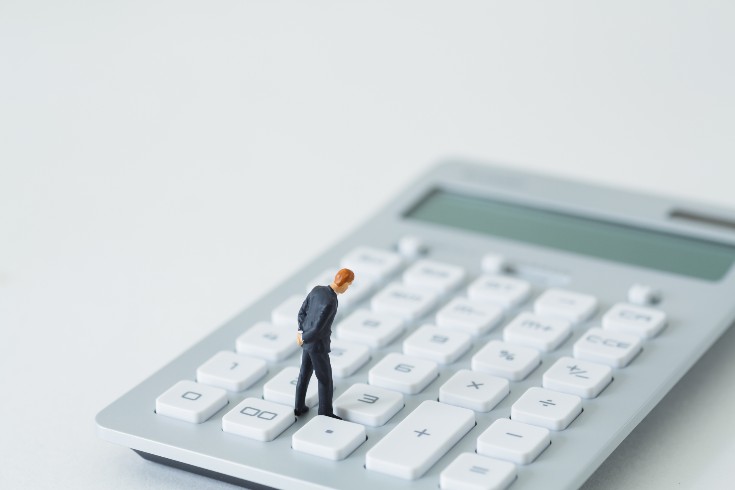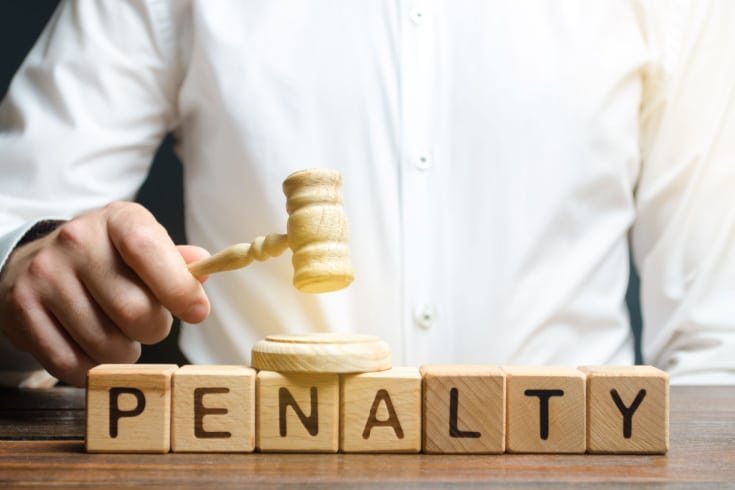What is the Scope of Derivative Works and Its Usage Rights? Explaining Actual Case Examples

Our surroundings are filled with TV dramas and movies that have been adapted from novels and manga. A work that is newly created based on a certain original work is referred to as a derivative work.
In recent years, through social media, so-called fan art, which is themed around specific anime or manga, and other forms of secondary creation by individuals, have been actively carried out.
However, along with this, there have been many troubles related to copyright.
Especially for derivative works, the rights relationship can easily become complicated because new creative activities are carried out based on the original work. Therefore, an accurate understanding of the Japanese Copyright Act is necessary when creating and using them.
In this article, we will explain the rights relationship regarding derivative works, along with case examples.
What is a Derivative Work?
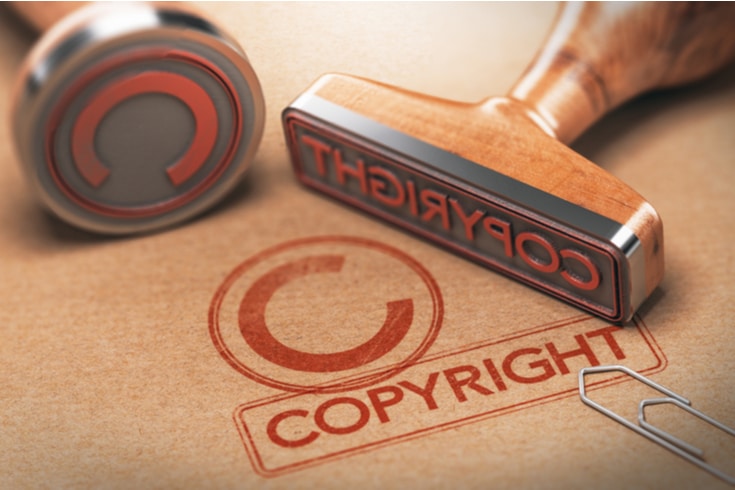
The Japanese Copyright Act defines derivative works as follows:
Derivative works refer to works created by translating, arranging, transforming, dramatizing, filming, or otherwise adapting a work.
Article 2, Paragraph 1, Item 11 of the Japanese Copyright Act
In other words, a derivative work is a work newly created by “adapting, etc.” an “original work”.
Let’s look at each one in order.
An “original work” is defined under the Japanese Copyright Act as “something that creatively expresses thoughts or feelings” (Article 2, Paragraph 1, Item 1). For example, the range includes novels, comics, music, movies, and more.
And “adaptation” is interpreted in case law as follows:
Adaptation… refers to the act of creating a new work that allows those who come into contact with it to directly perceive the essential characteristics of the expression of the existing work, while relying on the existing work and maintaining the identity of its essential characteristics of expression, by adding modifications, additions, changes, etc. to the concrete expression and creatively expressing new thoughts or feelings.
Supreme Court decision on June 28, 2001 (Heisei 13) (Esashi Oiwake Incident)
The acts of translation, arrangement, etc. listed in the definition of derivative works usually have the above characteristics, so they can be said to be typical examples of “adaptation”.
The important point is whether or not new creative expressions have been added to the original work. It is because new creative expressions have been added that they are protected as derivative “works”.
Conversely, if you have merely imitated (reproduced) the original work, it does not qualify as a derivative work because no new creative expression has been added (in this case, it constitutes an infringement of the reproduction right of the original work).
Examples of Derivative Works
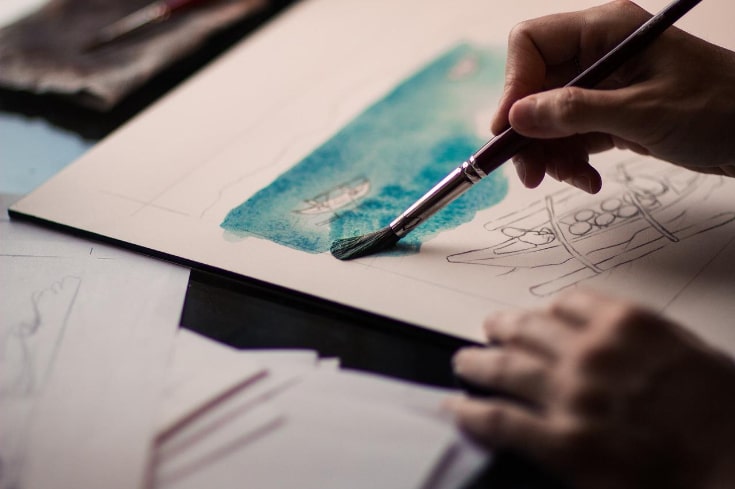
Examples of derivative works range from commercial products such as animations and films that have adapted novels and manga, to hobbyist creations where individuals create original works (commonly known as “fan art”) under arbitrary settings different from the context of the original work, using anime and manga characters as the main theme. The list is endless.
However, particularly in recent years, the creation of derivative works by individuals (commonly referred to as “secondary creation”) has raised new legal issues due to the development of social networking services (SNS).
That is, while secondary creations made purely for personal enjoyment and conducted privately are exceptionally protected under copyright law (Articles 30 and 47-6 of the Japanese Copyright Law), secondary creations made for uses beyond private use and the act of posting these creations on SNS can infringe copyright (adaptation rights and rights of publication).
Therefore, it can be said that many of the secondary creations posted on SNS are, at least legally, infringing copyright (although, as will be discussed later, most cases are merely tolerated in practice).
Therefore, when creating and using derivative works, it is always necessary to be mindful of the rights relationship with the copyright holder of the original work.
In the following, we will explain the rights relationship between the secondary author and the original author in derivative works, based on specific examples and precedents.
Derivative Works and Usage Rights
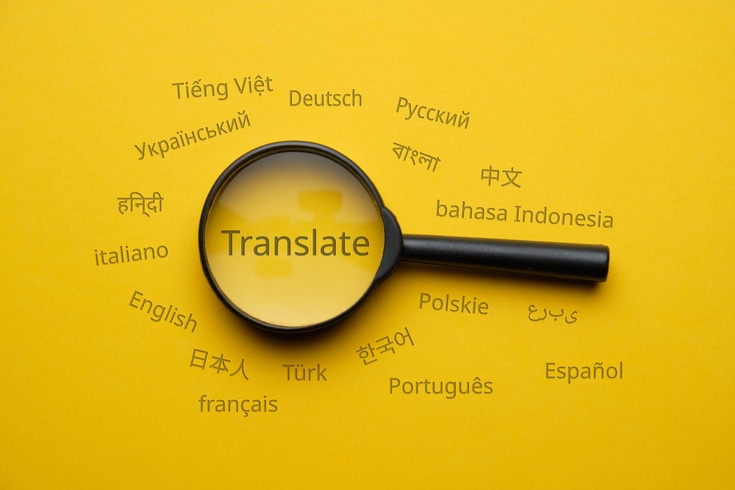
If Mr. X writes a novel in English and Mr. Y wants to translate it into Japanese and publish it, Mr. X, as the original author, holds the copyright to the novel.
The Japanese version of the novel that Mr. Y creates is a translation of Mr. X’s original work (the “work”), and therefore, it is considered a derivative work.
So, what rights do Mr. X and Mr. Y each have over the Japanese version of the novel that Mr. Y creates?
Copyright Relations in “Creation”
First and foremost, it’s important to note that just because something qualifies as a derivative work, it doesn’t mean that the copyright of the original work can be ignored.
Of course, the original work is granted copyright to the original author, which includes the “right of adaptation” (Article 27).
In other words, the act of creating a derivative work can be considered as infringing on the copyright of the original work.
Therefore, the rule of copyright law is that in order to legally create a derivative work, you generally need to obtain permission from the copyright holder of the original work.
In the above example, if Mr. Y does not obtain permission from Mr. X to translate Mr. X’s novel, the act of translation itself would constitute copyright infringement (however, it is understood that a derivative work can be established even if the act of creation is illegal).
Rights in “Use”
So, even if you have obtained permission from the original copyright holder for the act of creation, what will be the rights relationship when you legally use the derivative work you have created?
First of all, the Copyright Law has the following explicit provisions regarding the rights of the original author in the use of derivative works.
The author of the original work of the derivative work shall exclusively possess the same type of rights as the author of the derivative work has under this paragraph in relation to the use of the derivative work.
Copyright Act Article 28 (Rights of the original author in relation to the use of derivative works)
In other words, the original author has the “same type of rights” as the author of the derivative work.
The question then becomes what rights the author of the derivative work has, and there is a precedent on this point.
Scope of Rights of the Author of a Derivative Work
A case in which the plaintiff company, which owns the copyright to the manga “POPEYE”, demanded the defendant company, which was selling ties with the characters and figures of “Popeye” and “POPEYE”, to stop selling and pay damages, was contested up to the Supreme Court.
In the judgment, there are several important indications for the points of argument under copyright act, but here we will focus on the part related to the use of derivative works.
First of all, regarding the success or failure of derivative works in serialized manga with a one-episode complete story, which was the issue in this case,
In serialized manga, subsequent manga are usually created by adding new plots and new characters to the basic ideas, settings, and characteristics of the main character, including the protagonist, which are the same as the preceding manga. In such cases, the subsequent manga can be considered as adaptations of the preceding manga, and can be considered as derivative works with the preceding manga as the original work.
Supreme Court decision on July 17, 1997 (Heisei 9) Minshu Vol. 51 No. 6 p. 2714 (Popeye Tie Case)
In other words, the original work does not have to be someone else’s work, and it is possible to establish a derivative work of one’s own work.
Then, regarding the scope of rights of the author of a derivative work, the following was indicated.
The copyright of a derivative work arises only for the creative part newly added in the derivative work, and it is appropriate to understand that it does not arise for the part that is common with the original work and has the same substance. However, the reason why a derivative work is protected as a separate work independent from the original work under the Copyright Law is because a new creative element has been added to the original work (Article 2, Paragraph 1, Item 11 of the Copyright Law), and the part of the derivative work that is common with the original work does not contain any new creative elements and there is no reason to protect it as a separate work.
Supreme Court decision on July 17, 1997 (Heisei 9) Minshu Vol. 51 No. 6 p. 2714 (Popeye Tie Case)
In other words, the rights of the author of a derivative work arise only for the part where creativity has been added to the original work, and only the rights of the original author apply to the part that is common with the original work.
Scope of Rights of the Original Author
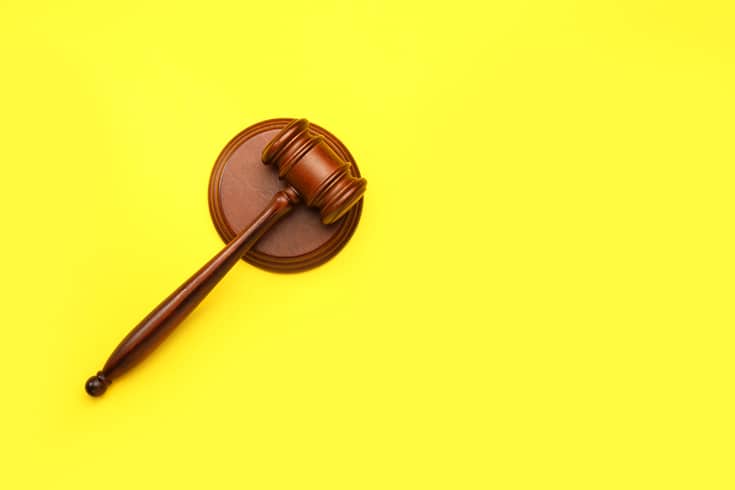
There is a case where the original author, who was writing the story manuscript of the serialized manga “Candy Candy” in novel form, demanded the manga artist, who was creating the manga based on the manuscript, and the company, which had obtained permission to reproduce from the manga artist, to stop creating, reproducing, and distributing the frame pictures, cover pictures, lithographs, and picture postcards (the original pictures in this case), which are part of the serialized manga, on the grounds that the serialized manga is a joint work or a derivative work of the original work.
In this case, only the manga artist had obtained permission to use the frame pictures, etc., and had not obtained permission to use them from the original author.
The question was whether the original author’s copyright extends to the serialized manga in question (whether it is a derivative work), and whether separate permission to use it is necessary from the original author if it does, and the case was contested up to the Supreme Court.
The Supreme Court first indicated as follows regarding whether the serialized manga in question is a derivative work of the original novel.
The serialized manga in question was produced by the defendant repeatedly creating a specific story for each episode, writing it in a novel form of about 30 to 50 pages of 400-words manuscript paper, and the plaintiff, relying mostly on the manuscript, creating a manga, excluding parts that he thought could not be used in the manga. Based on these facts, the serialized manga in question can be considered a derivative work with the manuscript created by the defendant as the original work, so the defendant should be considered to have the rights of the original author for the serialized manga in question.
Supreme Court decision on October 25, 2001 (Heisei 13) Hanji No. 1767 p. 115 (Candy Candy Case)
Then, regarding the rights of the original author for a derivative work, it indicated as follows.
Therefore, the defendant, as the author of the original work, has the same type of rights as the plaintiff, who is the author of the derivative work, the serialized manga in question, and the rights of the plaintiff (the author of the derivative work) and the defendant (the original author) coexist independently, so the plaintiff’s rights cannot be exercised without the agreement of the plaintiff and the defendant.
Ibid.
In other words, the rights of the author of a derivative work and the rights of the original author coexist independently for the part that the author of a derivative work has created independently.
Since they coexist independently, even if permission to use has been obtained from the author of a derivative work, it will not infringe the rights of the author of a derivative work, but unless permission to use has been obtained from the original author, it will infringe the rights of the original author.
Based on the above precedents, the rights relationship between the original author and the author of a derivative work in a derivative work can be organized as follows.
Rights of the original author: Original work + Entire derivative work
Rights of the author of a derivative work: Only the creative part of the derivative work
Considerations When Using Derivative Works
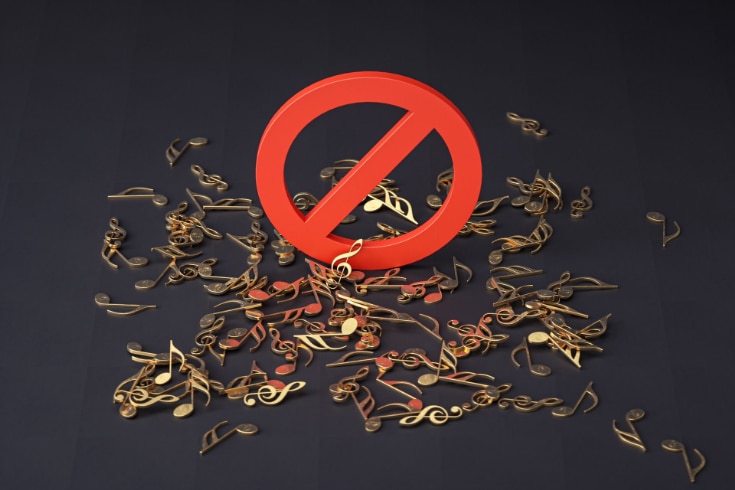
As mentioned above, when creating or using derivative works, it is always necessary to be mindful not only of the rights of the author of the derivative work, but also of the rights of the original author.
In particular, derivative works like fan art, which have been mentioned earlier, are effectively tolerated because they actively contribute to the sales and popularity of the original work. However, just because they are effectively tolerated, it does not change the fact that they are legally considered copyright infringements.
However, this could lead to situations where you might think, “I was able to use it freely until now, but suddenly I’m being sued for copyright infringement!”
Therefore, for original works that are expected to be made into derivative works, there may be a “Derivative Work Guideline” published in advance.
In this case, if the use is within the scope of the guidelines, it can be said that there is prior permission from the copyright holder, so the use within that scope will not be legally considered a copyright infringement.
Summary: Consult Lawyers If You’re Struggling with Secondary Derivative Copyright Issues
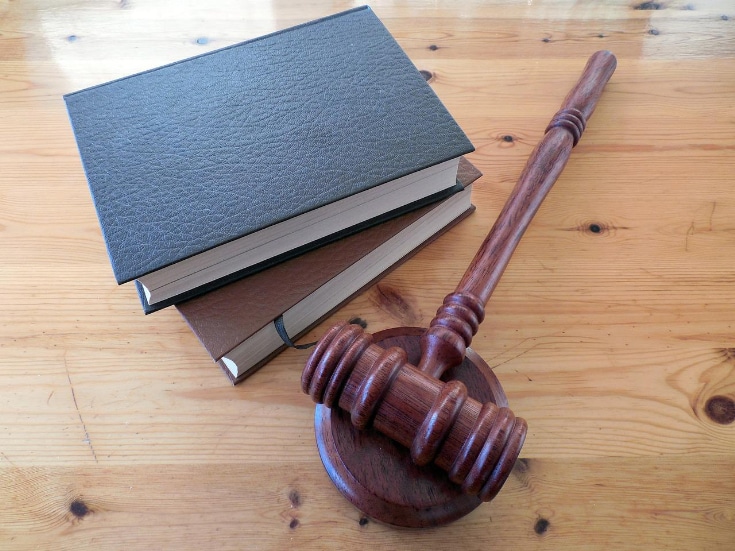
From the above, firstly, if there are guidelines related to secondary creations, it is important to thoroughly check these guidelines in advance. Secondly, if there is no prior permission from the copyright holder or guidelines, it is necessary to strictly comply with the Japanese Copyright Law.
However, in the latter case, there are many instances where it is extremely delicate to determine whether it constitutes copyright infringement, and professional judgment is required. Therefore, it would be advisable to consult with a lawyer specializing in copyright law.
Introduction to Our Firm’s Measures
Monolith Law Office is a legal office with high expertise in both IT, particularly the internet, and law. In recent years, intellectual property rights surrounding copyrights have been attracting attention, and the need for legal checks is increasingly growing.
Our firm provides solutions related to intellectual property.
Category: General Corporate
Tag: General CorporateIPO






